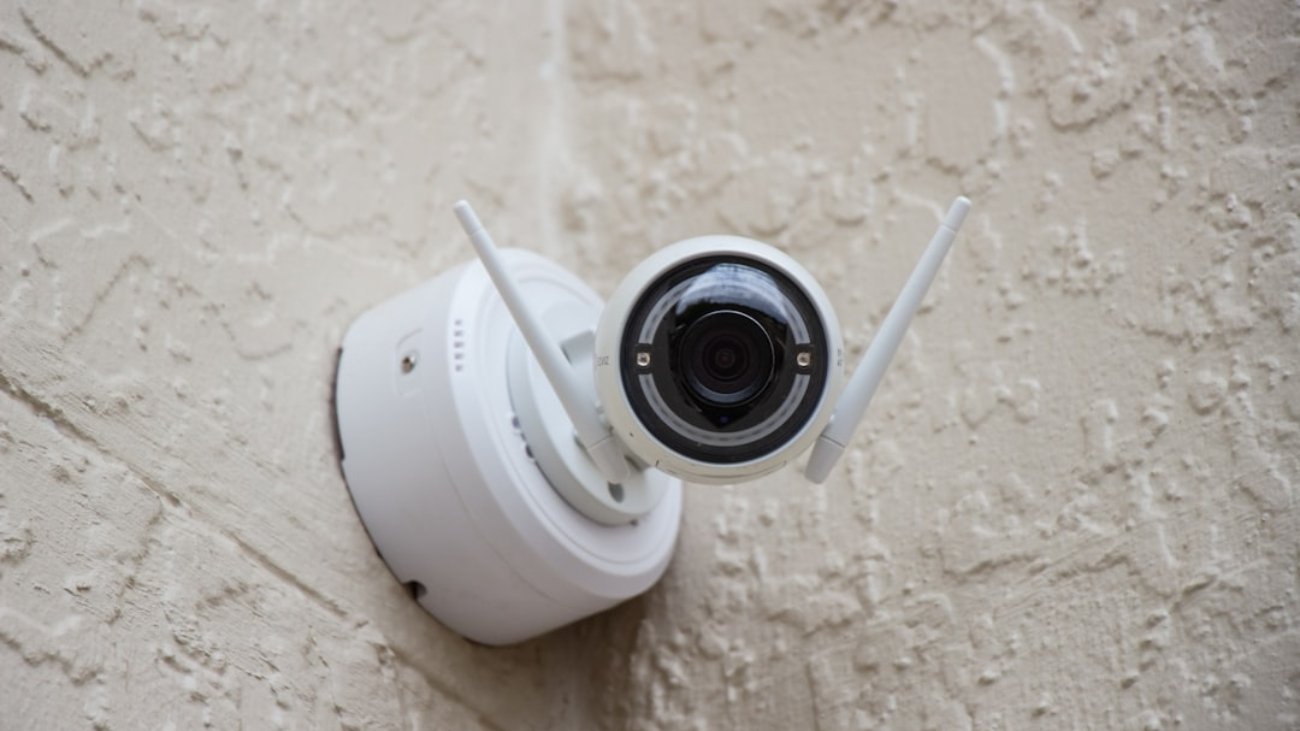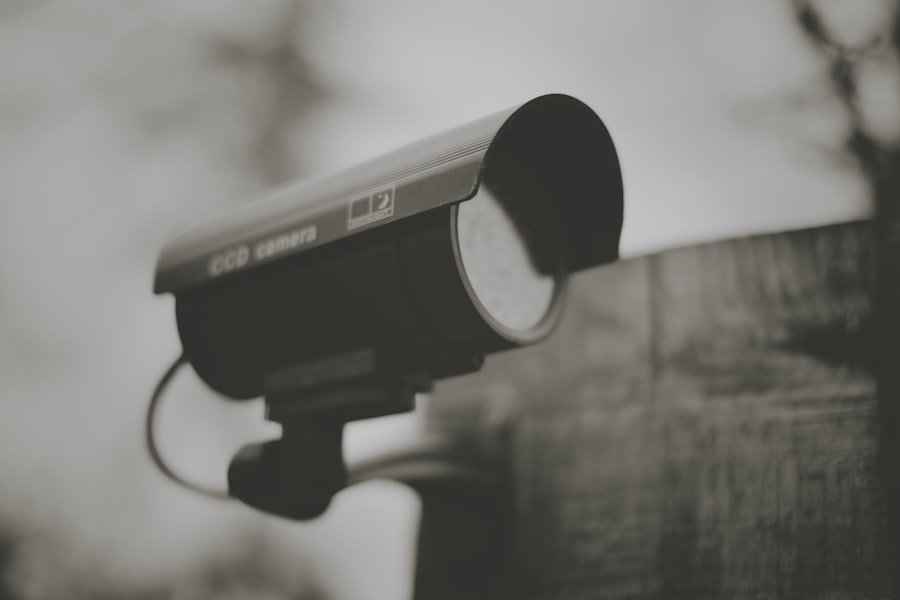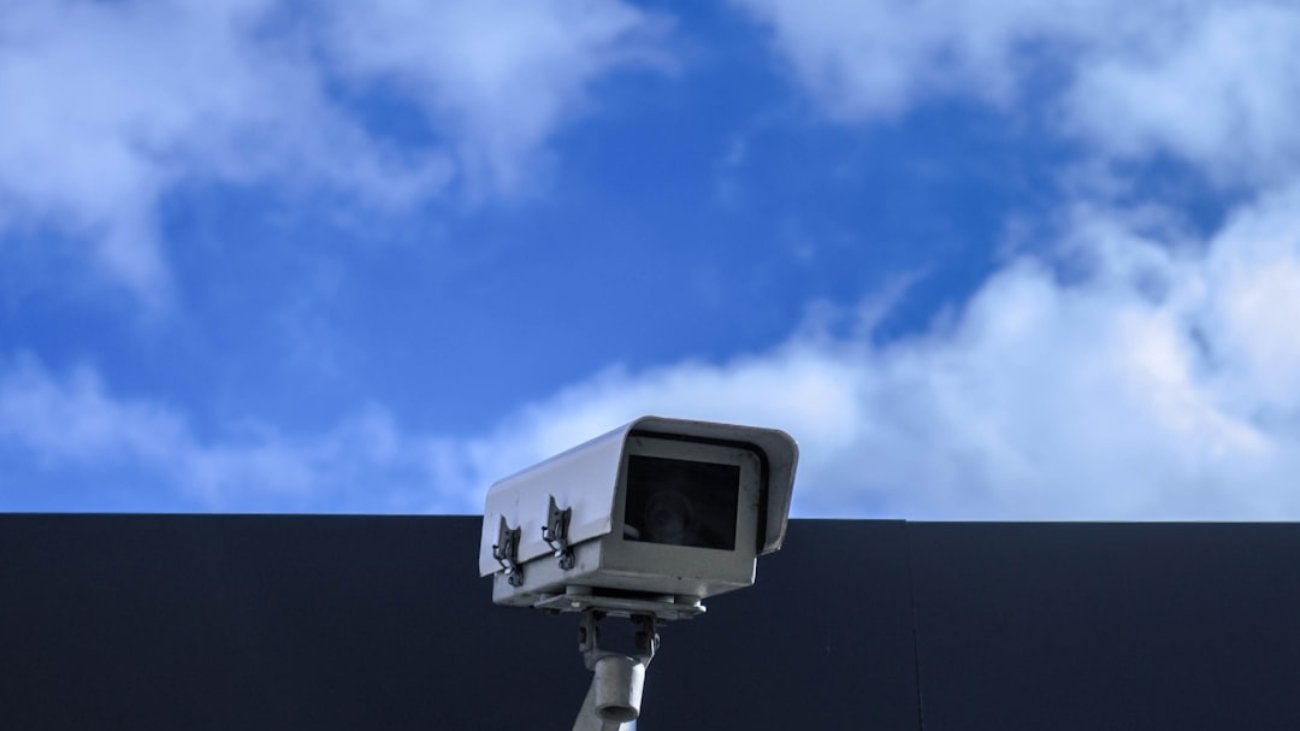When something bad happens, like a break-in or theft, the first thing you should do is contact the authorities. This usually means calling the police. It’s important to report the incident right away.
The sooner they know, the quicker they can start their investigation. When you call, be ready to give them all the details. Tell them what happened, when it happened, and where it took place.
If you saw anyone suspicious or if you have any information that might help, share that too. After you call the police, they will likely send an officer to your location. When they arrive, be calm and cooperative.
They will ask you questions to get a clear picture of what happened. It’s crucial to be honest and provide as much information as you can. This report will be important later, especially if you need to file an insurance claim or take legal action.
Remember, the police are there to help you, so don’t hesitate to ask them questions about what to do next.
Key Takeaways
- Contact the authorities immediately after discovering any damage to your property
- Document the damage with photographs and written descriptions for insurance purposes
- Notify your insurance company as soon as possible to start the claims process
- Secure the property to prevent further damage or loss
- Review security footage to identify any potential causes or perpetrators of the damage
Document the Damage
Once the authorities have been notified, it’s time to document the damage. This means taking pictures or videos of everything that was affected. Grab your phone or a camera and start capturing images of broken windows, damaged doors, or anything that was stolen.
This documentation will be useful for your insurance claim and for any police reports. In addition to photos, write down a list of everything that was damaged or taken.
Include details like the brand, model, and value of each item if you can. This list will help you remember what was lost and make it easier when you talk to your insurance company later. The more thorough you are in documenting the damage, the better prepared you will be for the next steps.
Notify Your Insurance Company

After documenting everything, it’s time to notify your insurance company. Call them as soon as possible to report the incident. Most insurance policies require you to report claims within a certain time frame, so don’t delay.
Your insurance company will guide you through the claims process. They may ask for the documentation you gathered earlier, including photos and your list of damaged items.
Be honest and provide all requested information. This will help speed up your claim and ensure you get the compensation you deserve. Remember, your insurance is there to help you recover from this loss, so don’t hesitate to reach out.
Secure the Property
After a break-in or theft, securing your property is crucial. You want to make sure that no one else can get in and cause more damage or steal more items. If there are broken windows or doors, consider boarding them up temporarily until they can be fixed.
This not only protects your belongings but also gives you peace of mind. If possible, stay at a friend’s house or with family until everything is sorted out. If you must stay at your home, make sure to have someone with you for safety.
You might also want to consider hiring a security service or asking neighbors to keep an eye on your property while you deal with everything else. Taking these steps can help you feel safer during a stressful time.
Review Security Footage
If your property has security cameras, now is the time to review the footage. Check if any cameras captured the incident or any suspicious activity leading up to it. This footage can be very helpful for the police investigation and may even help identify the thief or thieves.
If you find anything useful in the footage, make sure to save it and share it with the police. They may ask for copies of the recordings as part of their investigation. Even if nothing significant shows up, reviewing the footage can give you insights into how secure your property really is and what changes might be needed in the future.
Assess the Losses

Once you’ve taken care of immediate concerns, it’s time to assess your losses more thoroughly. Look over your list of stolen or damaged items again and think about how this affects you financially and emotionally. Losing personal belongings can be tough, especially if they hold sentimental value.
Take some time to think about what items are essential for your daily life and which ones can be replaced easily. This assessment will help you prioritize what needs to be replaced first and how much money you might need for that. It’s also a good idea to keep all receipts related to any replacements or repairs for future reference.
Consult with a Lawyer
In some cases, it might be wise to consult with a lawyer after a break-in or theft. If there are significant losses or if someone was injured during the incident, legal advice can help clarify your options. A lawyer can guide you through any potential legal actions against those responsible or help with disputes related to your insurance claim.
When choosing a lawyer, look for someone who has experience with property crimes or insurance claims. They can provide valuable insights into what steps to take next and how to protect your rights throughout this process. Don’t hesitate to ask questions during your consultation; understanding your situation is key.
Review and Update Security Measures
After everything settles down, it’s important to review and update your security measures. Think about what went wrong and how you can prevent this from happening again in the future. Consider installing better locks on doors and windows or adding security cameras if you don’t already have them.
You might also want to look into alarm systems that alert you and authorities if there’s a break-in. Talk to neighbors about forming a neighborhood watch program; having a community looking out for each other can make everyone feel safer. Taking these steps not only protects your property but also gives you peace of mind moving forward.
In conclusion, dealing with a break-in or theft is never easy, but knowing what steps to take can make it more manageable. From contacting authorities to updating security measures, each step is important in recovering from such an event. Remember that it’s okay to ask for help along the way—whether from friends, family, or professionals—because no one should have to go through this alone.
FAQs
What should I do immediately after a commercial break-in?
After a commercial break-in, the first step is to call the police and report the incident. It is important to document any damage or stolen items for insurance purposes.
Should I contact a lawyer after a commercial break-in?
It is advisable to consult with a lawyer after a commercial break-in to understand your legal rights and options. A lawyer can provide guidance on filing insurance claims and pursuing legal action against the perpetrators.
What legal actions can I take after a commercial break-in?
After a commercial break-in, legal actions may include filing an insurance claim, pursuing civil litigation against the perpetrators, and seeking restitution for any damages or losses incurred.
How can I protect my business legally from future break-ins?
To protect your business legally from future break-ins, consider implementing security measures such as installing surveillance cameras, alarm systems, and secure locks. It is also important to review and update your insurance coverage to ensure adequate protection.








